Service hotline
+86 0755-83975897
Release date:2021-12-29Author source:KinghelmViews:1435
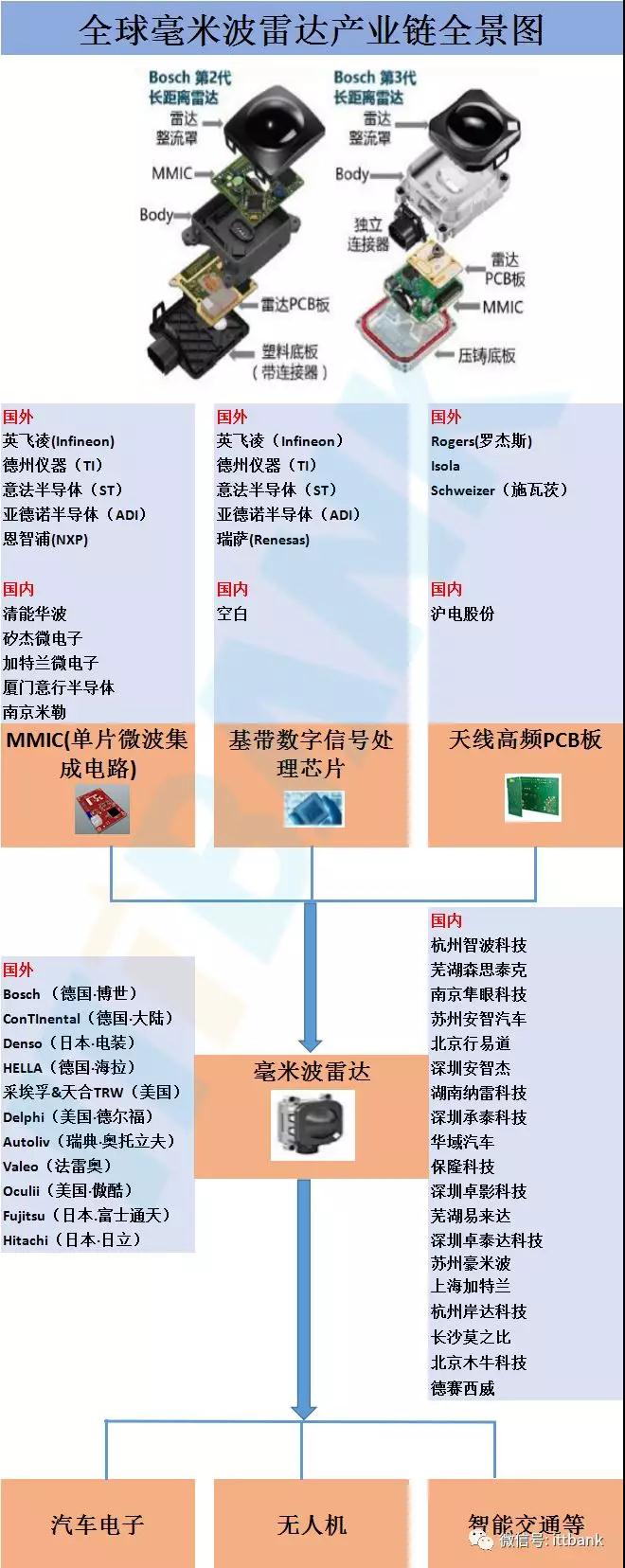
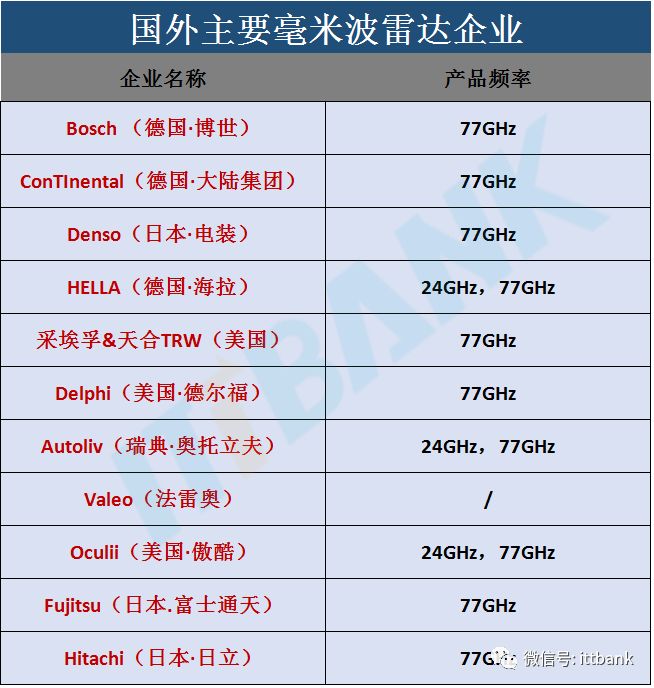
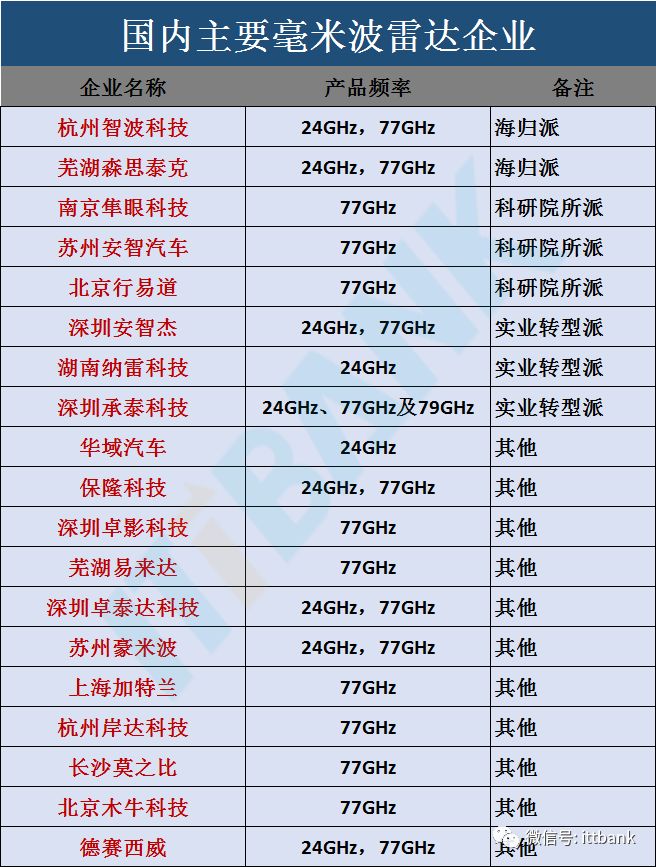
1、 What is millimeter wave radar
Millimeter wave radar refers to the millimeter wave with wavelength of 1-10nm and frequency of 30ghz-300ghz, calculate the distance by measuring the time difference of the echo.Millimeter wave radar began to be used in the military field. With the improvement of technical level, it began to be gradually used in the automotive field.
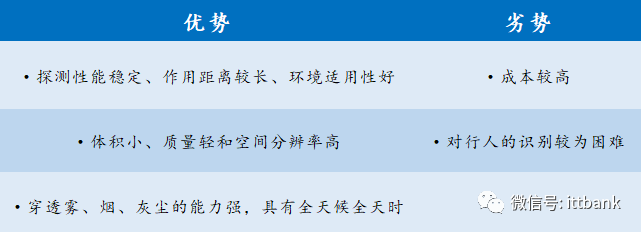
Advantages and disadvantages of millimeter wave radar
At present, various countries have different frequency bands allocated to vehicle mounted millimeter wave radar, but they are mainly concentrated in 24GHz and 77GHz, and a few countries (such as Japan) adopt 60GHz frequency band.Due to the many advantages of 77g over 24g, the frequency band of global vehicle mounted millimeter wave radar will converge to 77GHz (76-81ghz) in the future.
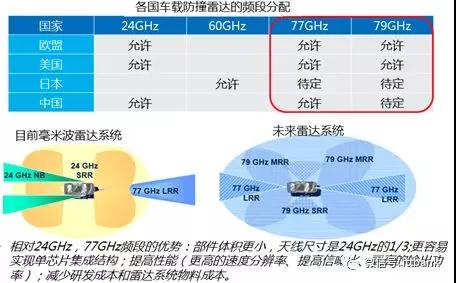

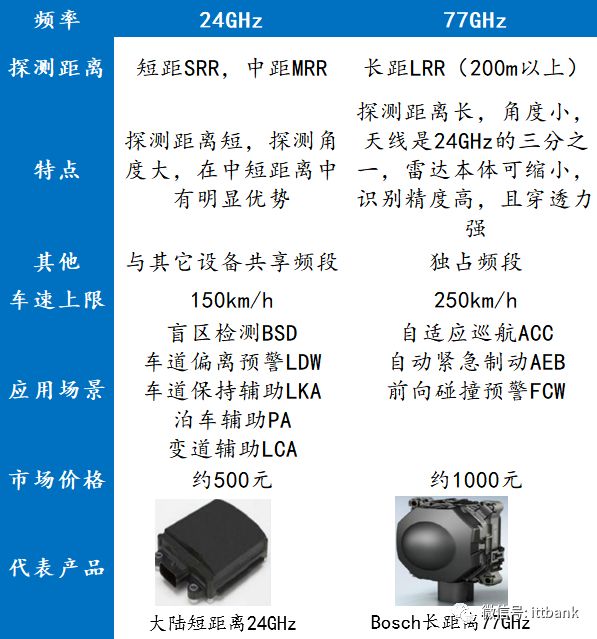
▲Comparison of millimeter wave radar at 24GHz and 77GHz
77 GHz has more advantages in performance and volume。 At present, the frequency of on-board radar is mainly divided into 24GHz band and 77GHz band. Compared with 24GHz millimeter wave radar, 77GHz has higher range resolution and a third smaller volume. In 2018, China's new car evaluation procedure (C-NCAP) incorporated automatic emergency braking system (AEBS) into the scoring system, which will drive the market demand of 77GHz millimeter wave radar in the future. In the long run, 77GHz millimeter wave radar has smaller volume and longer detection range, which will have more market space than 24GHz millimeter wave radar.
24GHz and 77GHz millimeter wave radars are used for both long and short range detection of ADAS.Millimeter wave radar is widely used in ADAS system because of its small hardware volume and not affected by bad weather. At present, 24GHz is widely used in vehicle blind spot monitoring and lane change assistance. The radar is installed in the rear bumper of the vehicle to monitor whether there are vehicles in the lanes on both sides behind the vehicle and whether lane change can be carried out. 77GHz radar is superior to 24GHz radar in detection accuracy and distance. It is mainly used to assemble on the front bumper of the vehicle to detect the distance from the front vehicle and the speed of the front vehicle. It mainly realizes the functions of active safety fields such as emergency braking and automatic following.To fully realize the functions of ADAS, five millimeter wave radars of "1 long, 4 medium and short" are generally required. The Audi A8 is equipped with five millimeter wave radars (1lrr 4mrr), and the Mercedes Benz S-class is equipped with six millimeter wave radars (1lrr 6srr). At present, the unit price of 77GHz millimeter wave radar system is about 1000 yuan and that of 24GHz millimeter wave radar is about 500 yuan.
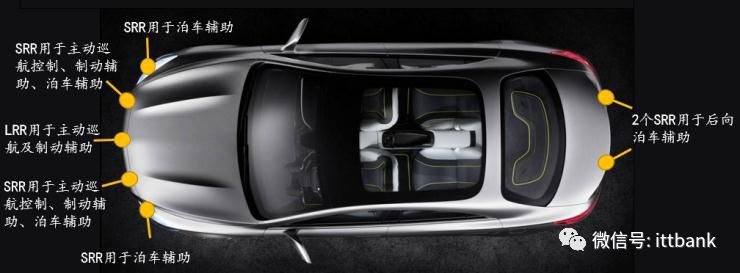
▲Mercedes Benz S-class is equipped with 6 millimeter wave radars
2、 Principle of vehicle mounted millimeter wave radar
The on-board millimeter wave radar transmits millimeter wave outward through the antenna, receives the target reflection signal, quickly and accurately obtains the physical environment information around the vehicle body (such as the relative distance, relative speed, angle, motion direction, etc.) after rear processing, and then tracks, identifies and classifies the target according to the detected object information, Then the data fusion is carried out in combination with the dynamic information of the vehicle body, and finally the intelligent processing is carried out through the central processing unit (ECU). After reasonable decision-making, inform or warn the driver in various ways such as sound, light and touch, or make active intervention in time, so as to ensure the safety and comfort of the driving process and reduce the probability of accidents.
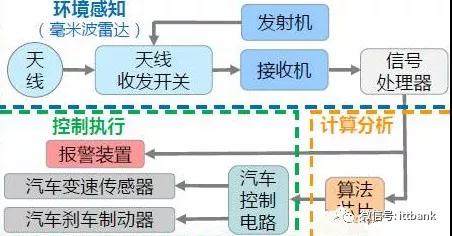
▲Working path diagram of millimeter wave radar
According to the different modes of electromagnetic wave radiation, millimeter wave radar mainly has two working systems: pulse system and continuous wave system. Continuous wave can be divided into FSK (frequency shift keying), PSK (phase shift keying), CW (constant frequency continuous wave), FMCW (frequency modulated continuous wave), etc.
According to the different modes of electromagnetic wave radiation, millimeter wave radar mainly has two working systems: pulse system and continuous wave system. Continuous wave can be divided into FSK (frequency shift keying), PSK (phase shift keying), CW (constant frequency continuous wave), FMCW (frequency modulated continuous wave), etc.
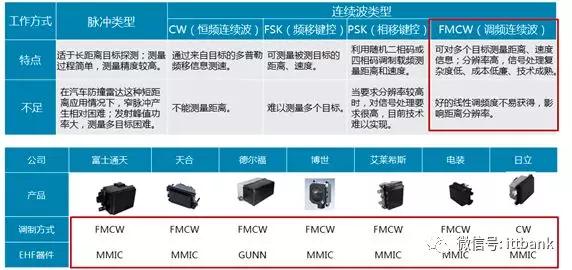
Due to the ability to measure multiple targets, high resolution, low signal processing complexity, low cost and mature technology, FWCW radar has become the most commonly used vehicle millimeter wave radar. Tier 1 suppliers such as Delphi, electronic equipment and Bosch all adopt FMCW modulation.
FMCW radar system mainly includes transceiver antenna, RF front end, modulation signal, signal processing module, etc. Millimeter wave radar realizes the detection range, azimuth and relative speed of targets through the correlation processing of received signals and transmitted signals.
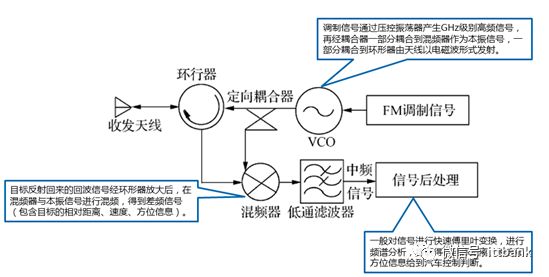
3、 Core components and finished products of vehicle mounted millimeter wave radar
MMIC chip and antenna PCB are the hardware core of millimeter wave radar. Taking FMCW automotive radar system as an example, it mainly includes antenna, transceiver module and signal processing module.
1. MMIC (monolithic microwave integrated circuit)
MMIC has the characteristics of low circuit loss, low noise, wide frequency band, large dynamic range, high power and strong anti electromagnetic radiation ability. It includes a variety of functional circuits, such as low noise amplifier (LNA), power amplifier, mixer, detector, modulator, voltage controlled oscillator (VCO), phase shifter, etc.
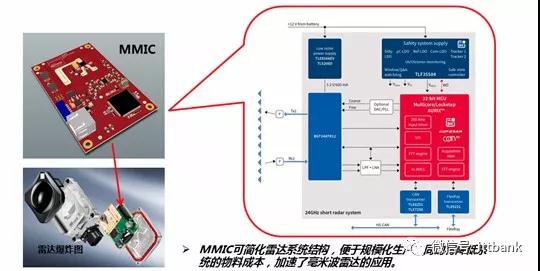
The core chip of millimeter wave radar comes from foreign manufacturers and is almost monopolized by them.From the market share of domestic and foreign enterprises of millimeter wave radar chips, the international market is mainly occupied by chip design companies such as NXP, Infineon and Texas Instruments (TI).
Representative manufacturer:Dejie electronics, Fujitsu, Freescale, Infineon, ansenmey, NXP, STMicroelectronics, Renesas Electronics
The domestic millimeter wave radar chip industry has not yet formed a scale.Millimeter wave chip is a highly difficult project involving a wide range of disciplines. Domestic enterprises still have a certain gap with large foreign companies in the following two aspects:
● the accumulation of chip core technology is small, and the innovative application is basically led by foreign giants;
● differentiated product innovation and brand reputation need to be further improved.
With the acceleration of China's integrated circuit industrialization, domestic chip design enterprises have begun to layout the field of millimeter wave radar.
Tsinghua University, qingneng Huabo and other units have profound accumulation in the field of millimeter wave radar chips. The millimeter wave State Key Laboratory of Southeast University has completed the development of 8mm band mixer, frequency multiplier, switch, amplifier and other single-function chips. At present, the design and development of single-chip receiving / transmitting front-end is being carried out;The key technologies of 24GHz / 77GHz MMIC in China are also constantly making breakthroughs. Among them, the 24GHz SiGe radar RF front-end MMIC chip set independently developed by Yixing semiconductor has taken the lead in achieving a zero breakthrough in this field in China, and has now achieved mass production and supply.The year before last, Gartland microelectronics released its first 77GHz CMOS vehicle millimeter wave radar transceiver chip in China.Nanjing Miller is also developing radar MMIC.
For a long time, with the full support of national projects, enterprise cooperation and social capital, some enterprises have completed the R & D of millimeter wave radar fully integrated core chips and gradually entered the industrialization process. The millimeter wave radar core chips will gradually realize some self-control in the next 3 to 5 years.
2. Radar antenna high frequency PCB
Antenna is one of the key designs of automotive millimeter wave radar, and it is also the key to win the market. The mainstream scheme of millimeter wave radar antenna is microstrip array. In short, the high-frequency PCB board is integrated on the ordinary PCB substrate to realize the function of the antenna. It is necessary to maintain sufficient signal strength of the antenna in a small integration space. 77GHz radar is a high-frequency PCB board with higher specifications. The large-scale application of 77GHz radar will bring huge demand for corresponding high-frequency PCB boards. For example, Bosch's lrr3 requires several GaAs chips to generate, amplify and detect 77GHz microwaves compared with the second generation LRR. Bosch's third generation LRR greatly simplifies the radar antenna PCB and uses only one or two Infineon SiGe chips.
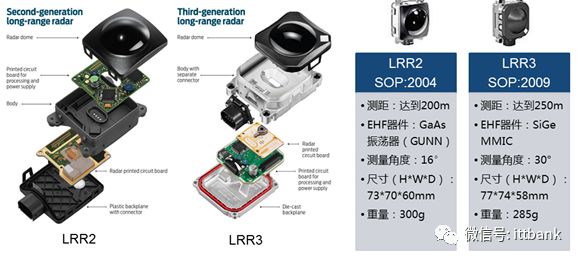
Because the functions of ADAS are often bundled and sold through sensor processors, system suppliers play a core role in the industrial chain. ADAS technology based on millimeter wave radar is mainly monopolized by giants of traditional parts system suppliers such as mainland China, Bosch, electrical equipment and Autoliv. Domestic high-frequency PCB manufacturers have no technical reserves and can only process according to the drawings, and the components still need to be imported from abroad. Hudian Co., Ltd. is a plate supplier of the mainland and Bosch. At present, it has cooperated with Schweizer, an international top manufacturer, on PCB products for 24GHz and 77GHz high-frequency radar.
At present, the high-frequency PCB board of radar antenna is controlled by a few companies such as Hudian, Rogers, Isola and Schweizer (Schwartz, currently Hudian holds 19.74% equity of the company).Domestic high-frequency PCB manufacturers have no technical reserves, can only process according to the drawings, and still need to be imported from abroad.Shanghai Electric Power Co., Ltd. in China is a PCB plate supplier in mainland China and Bosch.
3. Distribution of major suppliers of millimeter wave radar in the world
Abroad:
The key technologies of millimeter wave radar are monopolized by foreign investors with high concentration. In the global millimeter wave radar market, Germany, the United States, Japan and other countries dominate. At present, millimeter wave radar technology mainlyIt is monopolized by Bosch, Continental, TRW, Valeo, Hella, Delphi, Denso, Autoliv, Fujitsu and other manufacturers; Among them, 77GHz millimeter wave radar technology is monopolized by Bosch, mainland China, Delphi, electronic equipment, TRW, Fujitsu, Hitachi and other companies. In 2016, both Bosch and continental took the first place in the global millimeter wave radar market with a share of 17%; Electric equipment and Haila ranked second, with a market share of 11%, ZF accounting for 8%, Delphi accounting for 6% and Autoliv accounting for 4%. The market share of the top seven suppliers reached 73%.
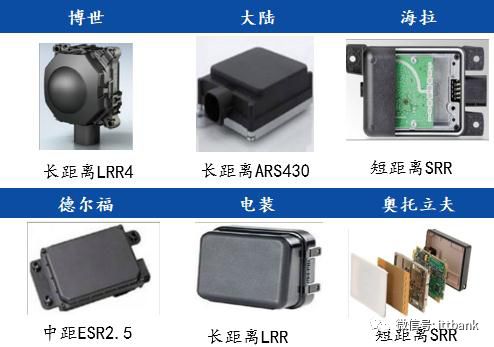
▲ major overseas suppliers and products of millimeter wave radar
At present, China's 24GHz radar market is mainly dominated by Valeo, Hella and Bosch, and the total shipment volume accounts for more than 60% of the total shipment volume; China's 77GHz radar is mainly dominated by continental, Bosch and Delphi, and the total shipment volume accounts for about 80% of the total shipment volume.
Domestic:
Domestic enterprises are accelerating to catch up, and 24GHz is still the mainstream direction
Domestic millimeter wave radar depends on imports and is restricted by foreign technology blockade. 24GHz millimeter wave radar is the mainstream direction.At present, all millimeter wave radar sensors assembled by medium and high-end vehicles in the Chinese market rely on foreign imports. The market is monopolized by enterprises in the United States, Japan and Germany, which is expensive, and has adopted a technical blockade. It is urgent to control them independently. Domestic autonomous vehicle mounted millimeter wave radar products are still in the development stage. Considering the R & D cost and the limitation of 77GHz development technology, the R & D direction of domestic manufacturers for millimeter wave radar is focused on 24GHz.According to mcmus consulting research, in 2016, the number of millimeter wave radars pre installed on Chinese cars reached 1.05 million, of which 24 GHz radars accounted for 63.8% and 77 GHz radars accounted for 36.2%.
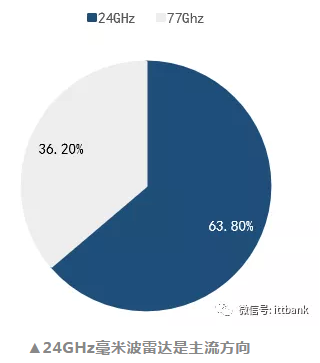
▲ 24GHz millimeter wave radar is the mainstream direction
Most of the first batch of start-ups in China to do millimeter wave radar were established in 2014-2016. The team is often from scientific research background, military industry background or supplier job hopping entrepreneurial background.For example, overseas returnees:Senstec, Hangzhou Zhibo.Sent by scientific research institutes:Xingyi Road, Nanjing Falcon eye, Suzhou Anzhi, Suzhou haomibo.Industrial transformation School:Shenzhen an Zhijie, Shenzhen Chengtai, Hunan Nalei.There are also Elekta, Desai Xiwei, Mu Niu, leibotec, Shenzhen Zhuoying, etc.
At present, the product system of 24GHz millimeter wave radar in the domestic market has been relatively mature, and the supply chain has been relatively stable. 24GHz core chip RF chips can be obtained from chip suppliers such as Infineon and Freescale.
However, at present, there is no stable supply system for 77GHz millimeter wave radar chips worldwide. Due to relevant intellectual property rights and cooperation agreements, Infineon, Freescale, Italy France semiconductor and other chip manufacturers have not liberalized the supply of 77GHz radar chips to China. Therefore, the development of 77GHz millimeter wave radar in China is limited.
At present, xingyidao, Desai Xiwei, senstec and other enterprises have gradually realized the mass production of 77GHz millimeter wave radar, began to cooperate with domestic vehicle manufacturers, and occupied part of the domestic market share.Huayu automobile achieved mass production of 24GHz backward millimeter wave radar in 2017. Baolong technology released its independently developed 24GHz and 77GHz millimeter wave radar products in February.Nalei technology, Hangzhou Zhibo technology and other companies have also made some market-oriented progress.
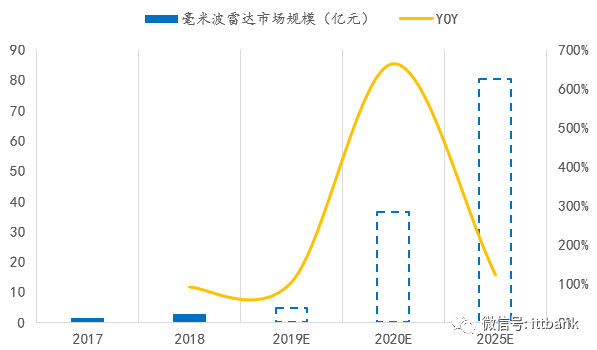
Domestic millimeter wave radar market scale forecast
This article is reproduced from“ittbank”, support the protection of intellectual property rights. Please indicate the original source and author for reprint. If there is infringement, please contact us to delete
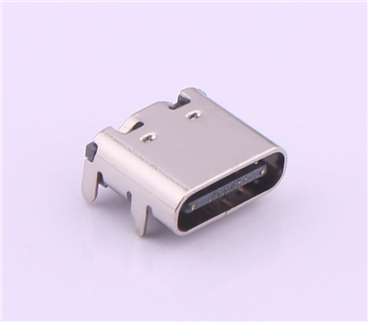
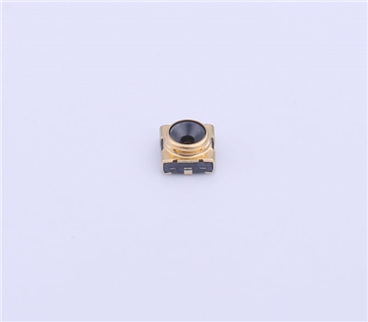
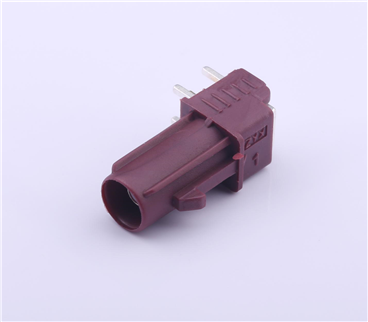
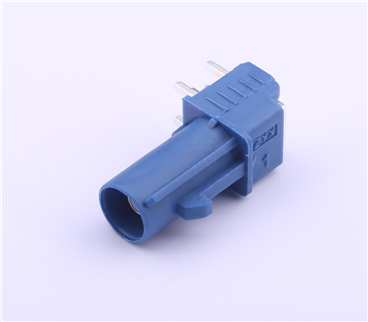
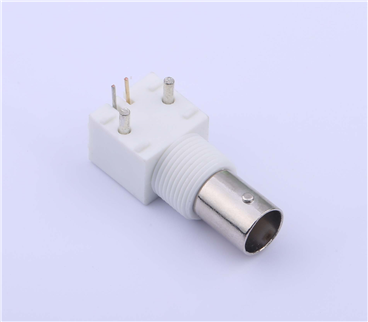
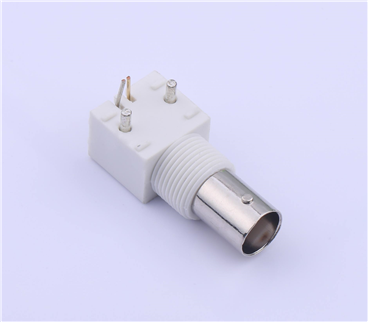

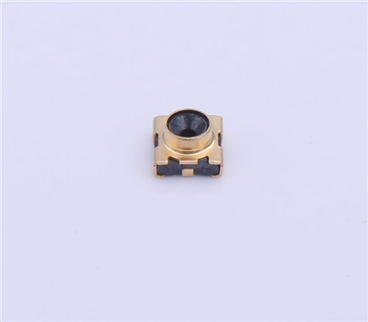
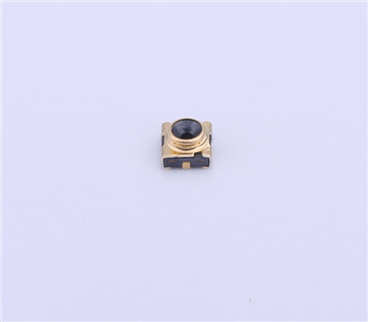
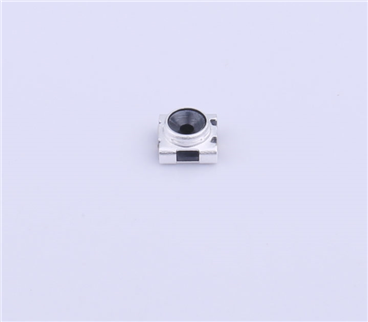
Copyright © Shenzhen Kinghelm Electronics Co., Ltd. all rights reservedYue ICP Bei No. 17113853